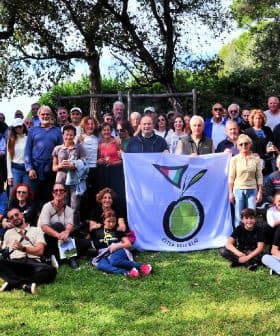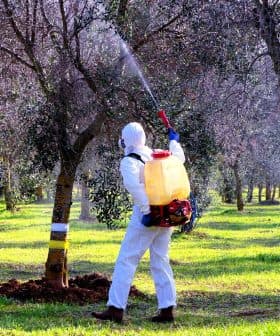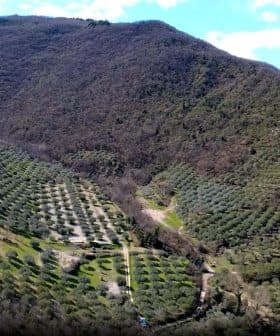Thousands of Xylella-Resistant Trees to Be Planted in Puglia
In an effort to combat the spread of Xylella fastidiosa in Puglia, 18,000 resistant trees will be planted in former olive groves in Specchia, Lecce. The project, led by Foundation Sylva, aims to create a more diverse and protected environment to prevent future plant epidemics in the region devastated by the deadly Olive Quick Decline Syndrome over the past nine years.
A new effort in the southern Italian region of Puglia is underway to plant 18,000 Xylella fastidiosa-resistant trees in the next few months.
The trees will be planted in former olive groves, which were decimated by the spread of Xylella fastidiosa over the past nine years.
The municipality of Specchia, Lecce, in southern Puglia, signed an agreement with Foundation Sylva, an organization that restores landscapes through reforestation, to plant thorny oak, carob, strawberry, holm oak, mastic and other Xylella-resilient trees on 20 hectares in the province.
See Also:Lithuanian Firm Seeks Patent for Drug to Prevent XylellaThe project comes on the heels of a previous experiment in nearby Minervino di Lecce, where the foundation successfully replaced a Xylella-stricken area with 11,000 new trees. Along with planting the trees, the agreements also charged the foundation with taking care of the new forests for at least five years.
“Promoting a greater variety [of plants] in the area means creating a more protected environment concerning future plant epidemics,” Luigi de Vecchi, the president of the Sylva Foundation, told Corriere Salentino.
“After the reforestation project started a year ago in Minervino di Lecce… we are happy today to contribute to the post-Xylella landscape regeneration in the Specchia area,” he added.
While some of the involved areas are partially uncultivated, the remaining hectares were home to centuries-old olive trees, which died in just a few years as Xylella fastidiosa spread through the region.
“Thanks to the partnership with Foundation Sylva, Specchia can now create a large green lung,” said Anna Luigi Remigi, Specchia’s mayor. “The forest will generate oxygen and biodiversity, which will restore the biological cycles of our land, with the return of endangered flora and fauna.”
Xylella fastidiosa, a pathogen native to the Americas, is believed to have arrived in Italy from an infected coffee plant imported into Salento, at the southern tip of Puglia, in 2013.
Two subspecies of the pathogen infect olive trees, causing the deadly Olive Quick Decline Syndrome. In the past nine years, the disease has killed millions of olive trees, mostly in the Gallipoli area.
It took quite a long time for authorities to identify the cause of the disease and establish the actual proportions of the infection, which has spread to France, Portugal and Spain.
In just a few years, large portions of Salento’s historic olive tree landscapes were transformed into a graveyard. The spread of the disease also took a profound toll on the local economy, which was largely centered around olive oil production.
Thousands of olive growers, millers, bottlers and associated businesses had to cope with the effects of the unprecedented sanitary emergency, which included substantial eradication zones and large buffer areas to try and stem the spread of the disease.
As a result of these containment measures, the spread of Xylella fastidiosa has slowed significantly. However, there is still no cure or treatment for the disease.









